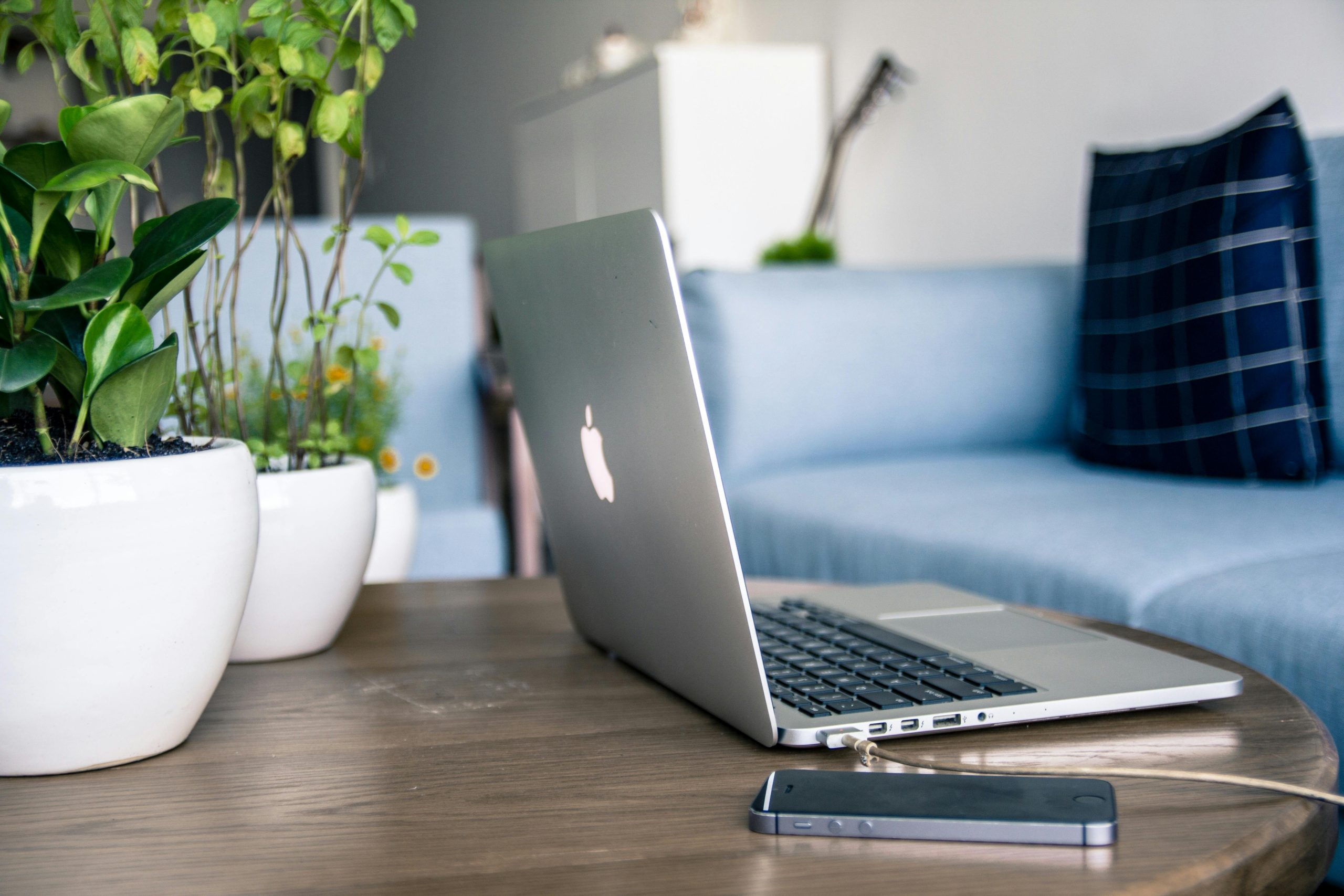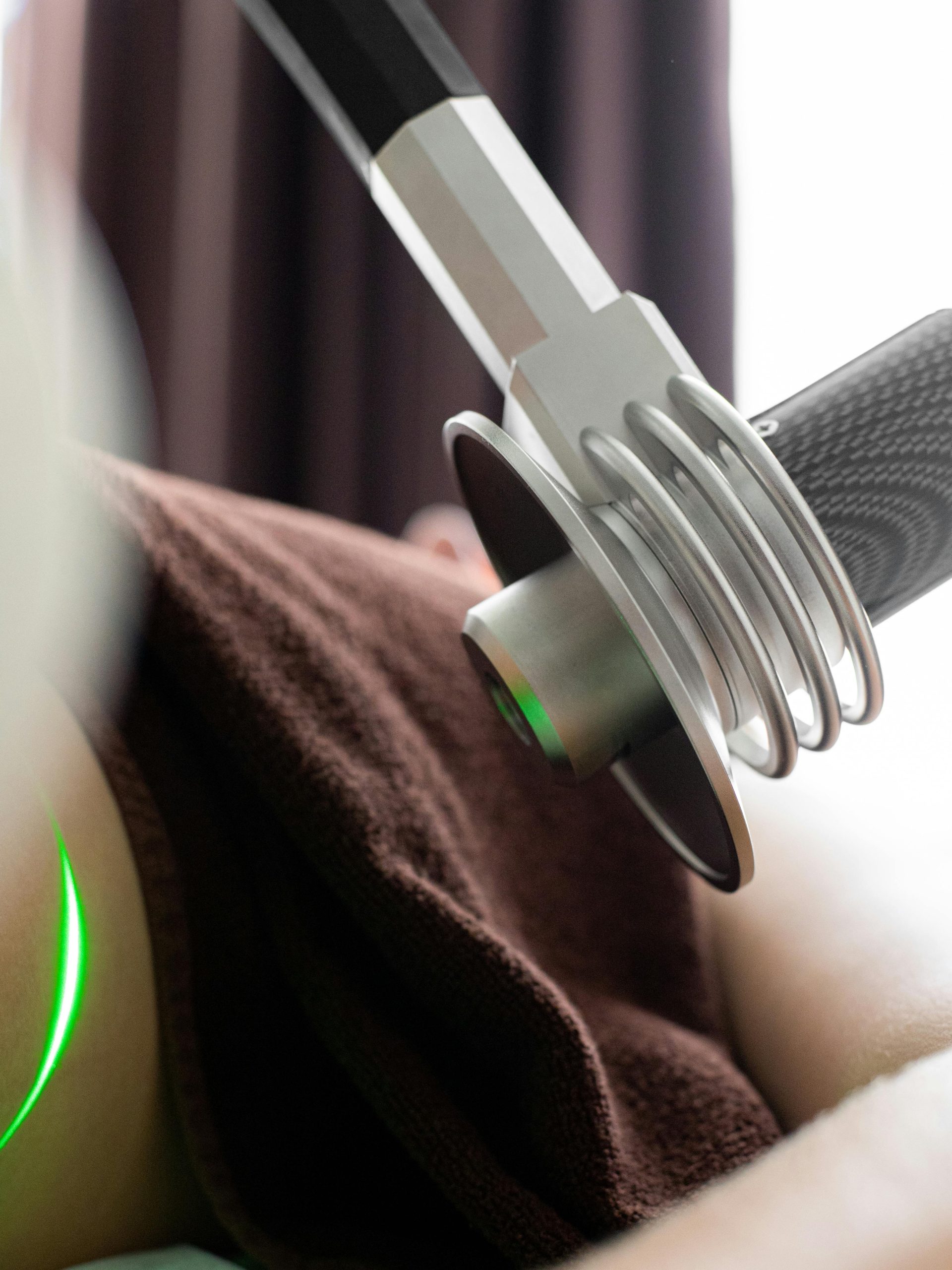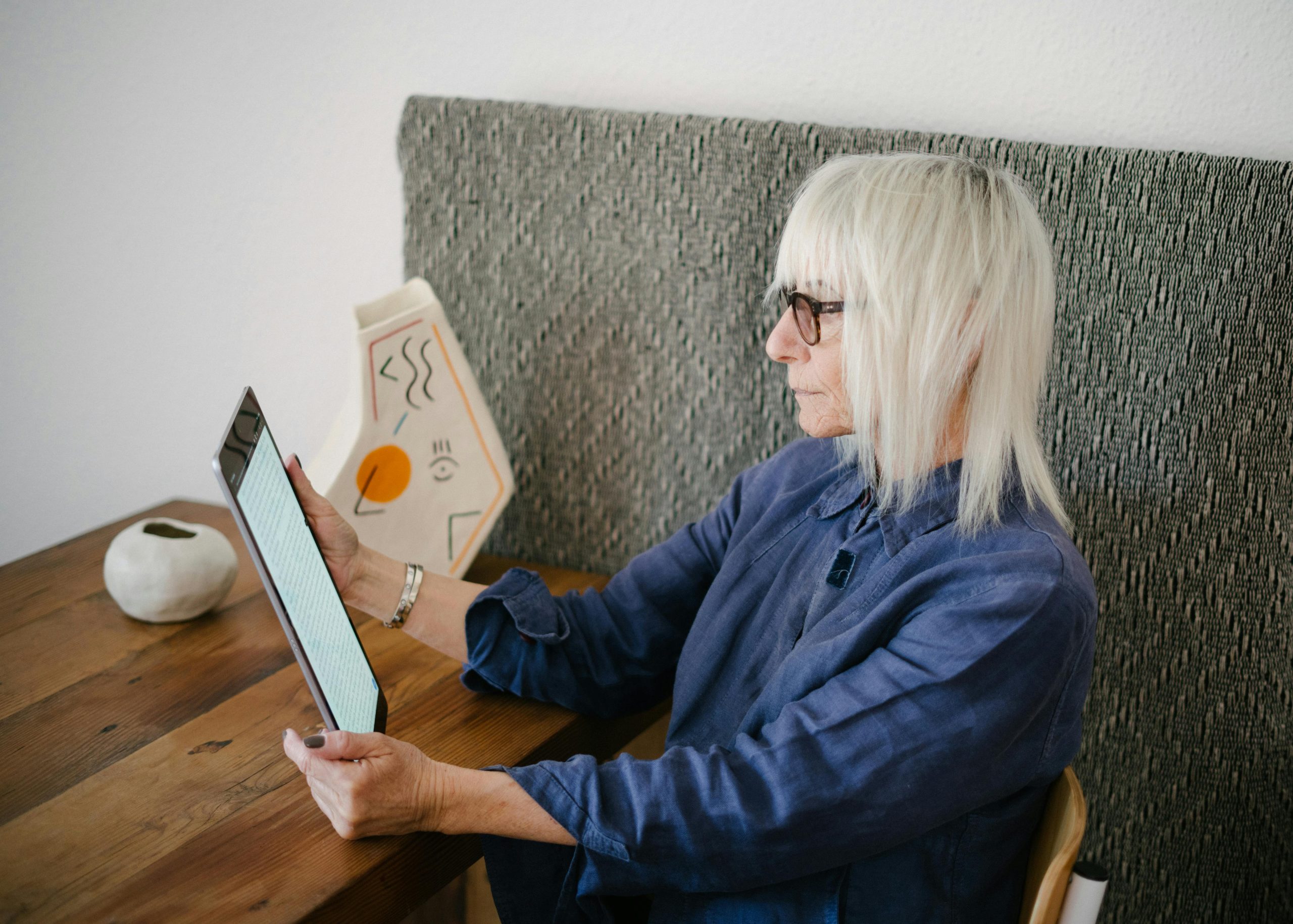A Brief Overview of the Digital Age and How It Affects Everyday Life

Our everyday lives have been completely impacted by the digital revolution, which has changed the way we work, communicate, and pass the time. The world is at our fingertips, providing unmatched ease and connectivity with just a single tap. This technological blessing has two drawbacks, too. It has many advantages, but there are also some possible disadvantages that should not be disregarded.
- The simplicity of information access
- The capability to maintain relationships with family members all throughout the world
Concerns about becoming overly reliant on digital devices offset these. The significance of striking a balance in our digital use has been underscored by discussions surrounding this expanding problem and its implications on our physical and mental well-being. The task at hand is to use technology to improve our lives while avoiding its drawbacks as we traverse this digital age. Accepting this equilibrium is essential since it affects our overall health as well as the caliber of our relationships with others and the environment.
Using Technology to Understand Healthy Boundaries

The Significance of Establishing Boundaries in the Digital Environment
Identifying the thin line that separates constructive use of technology from possible abuse or dependence is essential to setting healthy boundaries. The goal is to establish a healthy relationship between ourselves and our digital devices so that they improve our lives rather than worsening them. This balance is crucial because it prevents us from giving in to the diversions and possible drawbacks of excessive screen time, preserves our physical and mental health, and promotes productivity in the real world.
Discerning Between Dependency, Overuse, and Use
It’s critical to recognize the differences between usage, excess, and dependency. When usage gets in the way of everyday obligations or interpersonal connections, it becomes overuse. More severe forms of dependency are typified by a lack of control, in which the use of technology continues despite unfavorable outcomes. The first step to developing better behaviors is realizing these stages.
The Significance of Self-Awareness in Identifying Individual Technology Preferences
Being self-aware is essential to recognizing and changing our digital habits. It entails standing back to consider our habits of digital consumption, comprehending the impact they have on our lives, and recognizing when adjustments are necessary. We can use technology responsibly and make well-informed decisions that support our values and well-being, which will help us live more balanced and satisfying lives.
In conclusion, establishing appropriate boundaries with technology involves utilizing it to improve rather than diminish our wellbeing, not getting rid of electronic gadgets from our life. Through discerning between appropriate use, excessive use, and dependence, as well as developing self-awareness, we can cultivate a positive connection with technology. Finding this balance is essential for navigating the digital age since it is good for our personal health as well as the health of others around us.
Unrestrained Technology Use’s Psychological Impact

A summary of the research on the relationship between technology and mental health
The intricate connection between technology use and mental health has been highlighted by recent research. Although technology provides great resources for education and social interaction, overuse of it has been associated with a higher risk of mental health problems.
- Fear
- Panicsadness
- Isolation-related feelings
How Screen Time Affects Stress, Attention, and Sleep
Overusing screens before bed can seriously interfere with sleep cycles, resulting in poor quality sleep and insomnia. Consequently, this impacts our focus and elevates our stress levels. It is more difficult to fall asleep because blue light from screens suppresses the release of melatonin, the hormone that controls sleep.
Furthermore, it might be challenging to focus on a work for extended periods of time due to the constant stream of messages and the urge to be connected. This constant state of distraction raises stress and anxiety levels in addition to decreasing productivity.
The Impact of Social Media on Relationships in Real Life and Self-Esteem
Social media platforms can be harmful to relationships in real life and self-esteem even though they present chances for connection. Because social media information is carefully chosen, users may make unhealthful comparisons between themselves and other people’s ostensibly flawless lifestyles. This comparison might lower one’s sense of self-worth and fuel depressive and insufficient thoughts.
Furthermore, social media use can interfere with in-person interactions and erode connections in real life. A true, face-to-face connection helps alleviate emotions of isolation and loneliness, which can have a further negative effect on mental health.
In summary, there is a complicated and nuanced relationship between technology use and mental health. Technology surely has many advantages, but excessive use can have serious psychological repercussions. Finding a balance is essential to ensuring that technology is used as a tool for improvement rather than as a cause of harm. We may reduce these risks and promote a better relationship with technology by establishing reasonable boundaries with our electronic gadgets.
Visit the for more information on controlling screen time and its consequences.Health Department, Australian Government as well as the The Australian Psychological Society.
Techniques for Establishing and Sustaining Appropriate Digital Divides

Utilitarian Advice for a Harmonious Digital Life
In today’s fast-paced world, it is imperative to create a balanced digital existence. Establishing tech-free zones and times is the first step in keeping some sections of our days and our homes available for activities other than using technology. This can entail turning off notifications and not using electronics at the dining table. The intention is to be in the now, appreciating the important moments without being distracted by technology.
Using Technology Purposefully and IntentionallyIt’s important to approach technology use with aim and purpose. Consider why you are reaching for your device before doing so. Is it for business, play, or just aimless browsing? Being conscious of how we use technology aids in keeping our attention on the things that actually enhance rather than take away from our life.
Apps and Tools to Track and Regulate Usage
Thankfully, there are lots of programs and tools available to assist us in controlling how much technology we use. These tools, which range from apps that block distracting websites during work hours to screen time trackers, give us the power to take charge of our digital habits. They give us important information about our usage habits, which makes it simpler to modify our behavior and impose boundaries that are in line with our wellbeing.
The Importance of Digital Detoxes
A digital detox, or periodic disconnection from technology, can be very revitalizing. It enables us to reestablish our connection with our gadgets, minimizing reliance and encouraging a better way of living. These digital detoxes, which can range from one day to a week, serve as a reminder of the value of fostering in-person relationships and the joy that can be found in offline activities.
Adopting these techniques improves our wellbeing and provides a good example for others around us. Healthy technological boundaries allow us to reap the rewards of the digital age without allowing it to take over our lives. The goal is to identify the ideal situation in which technology works for us rather than against us.
Tips for Establishing and Upholding Safe Technology Boundaries

Practical Advice for a Digital Life Balance
- Establish tech-free zones and times. Make sure that certain times of the day and areas of our house are set aside for non-digital activities, such as having no electronics at the dinner table or shutting off notifications while spending time with family.
- Be there – Cherish the important moments in life without being distracted by technology.
Employing Technology with Intention and Purpose
- Why, you might ask yourself – Think about whether you’re using your device for work, play, or just mindless scrolling before reaching for it.
- Exercise caution – Remain concentrated on the things that actually enhance rather than take away from our lives.
Apps and Tools to Track and Regulate Usage
- Screen time trackers and applications that block sites that cause distraction can assist in controlling our digital habits while we’re at work.
- These tools offer insightful information about our usage habits, which facilitates behavior modification and limit setting that is in line with our wellbeing.
Digital detoxes: Their worth
- Reducing reliance on technology and encouraging a healthier lifestyle can be achieved by periodically unplugging from it.
- These digital detoxes, which can range from one day to a week, serve as a reminder of the value of fostering in-person relationships and the joy that can be found in offline activities.
Adopting these techniques improves our wellbeing and provides a good example for others around us. Healthy technological boundaries allow us to reap the rewards of the digital age without allowing it to take over our lives. The goal is to identify the ideal situation in which technology works for us rather than against us.
Sustaining In-person Connections and Engagement in the Digital Age

The Significance of In-person Meetings and Tangible Experiences
- In-person interactions allow us to connect on a deeper level, which improves communication and strengthens our relationships.
- Experiences with the bodyactivities that enhance our lives in ways that digital interactions just cannot match, like eating dinner together or going on a hike.
Inspiration for Hobbies and Offline Activities to Improve Social and Personal Life
- Take up creative activities that excite the mind and give you a sense of success, such as writing or painting.
- Engaging in outdoor activities like cycling or gardening can provide both physical health benefits and an opportunity to spend time in nature.
- Making new friends and interacting with others can be facilitated by joining clubs or groups centered around these interests.
Technology-Assisted Enhancement Techniques that Reinforce Real-World Experiences Rather Than Replace Them
- Make use of technology to find and plan offline activities, like connecting with like-minded people or finding local events.
- After plans are set in motion, concentrate on being present. Take pictures or videos of special moments only when necessary, taking care not to ruin the moment by recording it.
A balanced attitude toward technology is necessary to support in-person interactions and relationships. We can meaningfully improve our social and personal lives by utilizing technology responsibly, appreciating in-person connections, and pursuing offline interests. Maintaining this balance is essential for navigating the digital age because it is good for our own wellbeing as well as the wellbeing of those around us.
In Conclusion
Technology balancing improves the quality of life. It enhances our day-to-day experiences by promoting wellbeing and genuine connections. By establishing boundaries, we can intentionally navigate the digital age while preserving our mental health and fostering interpersonal relationships. Let’s pledge to use technology to enhance rather than to obstruct real-world encounters.
The Importance of Setting Healthy Boundaries with Technology FAQs
Yes, setting technology boundaries can improve relationships by ensuring that interactions are more meaningful and focused. By dedicating specific times to be free from digital interruptions, individuals can give their full attention to their partners, family, and friends, strengthening bonds. This practice helps in building trust and communication, as it shows a commitment to valuing real-time interactions over digital ones.
Parents can model healthy technology use for their children by setting and adhering to their own boundaries regarding screen time and online activities. Demonstrating a balanced approach to technology, including prioritizing face-to-face interactions and outdoor activities, teaches children the value of offline experiences. Additionally, involving children in setting family tech rules can encourage them to develop their own healthy habits.
Setting boundaries with technology can significantly improve mental health by reducing stress, anxiety, and exposure to negative content. Limiting screen time, especially before bed, can lead to better sleep quality and overall mood improvement. It also encourages healthier coping mechanisms for stress and boredom, such as physical activity or in-person social interactions.
Technology boundaries can enhance creativity and productivity by limiting distractions and encouraging periods of deep focus. Scheduled breaks from technology allow the mind to rest and foster creative thinking, as ideas often come when we’re not directly focusing on a problem. Moreover, by allocating specific times for technology use, individuals can create a structured routine that maximizes productive output.
Reducing screen time before bed benefits sleep by minimizing exposure to blue light, which can disrupt the body’s natural sleep-wake cycle. This practice helps in winding down and prepares the body for a restful night, improving sleep quality and duration. Additionally, it decreases the likelihood of engaging with stimulating or stressful content that can make falling asleep more difficult.
Healthy boundaries with technology involve setting limits on the use and impact of digital devices and platforms in one’s life. These boundaries help individuals maintain a balance between their online and offline lives, ensuring that technology serves as a tool rather than a distraction or source of stress. By consciously choosing when and how to engage with technology, people can improve their mental health, productivity, and personal relationships.
Signs that you need to set stricter technology boundaries include feeling anxious or stressed when away from digital devices, difficulty concentrating on tasks without checking your phone, and sacrificing sleep or physical activities for screen time. These indicators suggest that technology use is negatively impacting your well-being and daily functioning. Recognizing these signs is the first step towards adopting healthier digital habits.
Digital detox plays a crucial role in establishing healthy technology boundaries by providing a reset for one’s digital habits, highlighting the amount of time and energy spent on screens. It offers an opportunity to reflect on current technology use, identify areas for improvement, and implement changes towards a more balanced digital life. Engaging in regular digital detoxes can help maintain awareness of technology’s impact and reinforce the importance of offline experiences in one’s life.
Maintaining technology boundaries at work can involve setting specific times to check emails and messages, using tools to block distracting websites during focus periods, and taking regular tech-free breaks. These strategies help in managing workload efficiently while preventing burnout and promoting a healthy work-life balance. It’s also beneficial to communicate your boundaries to colleagues to ensure they respect your focused work time.
Tech-free zones in the home are important because they create spaces where individuals can engage with each other without distractions, fostering stronger personal connections. These areas encourage activities that don’t involve screens, promoting creativity, relaxation, and mindfulness. Moreover, tech-free zones, especially in bedrooms, can improve sleep hygiene by reducing exposure to blue light and stimulating content before bedtime.

Jasmine Duque-Love is a mother of one and a practicing physiotherapist with a Phd in Physiotherapy

